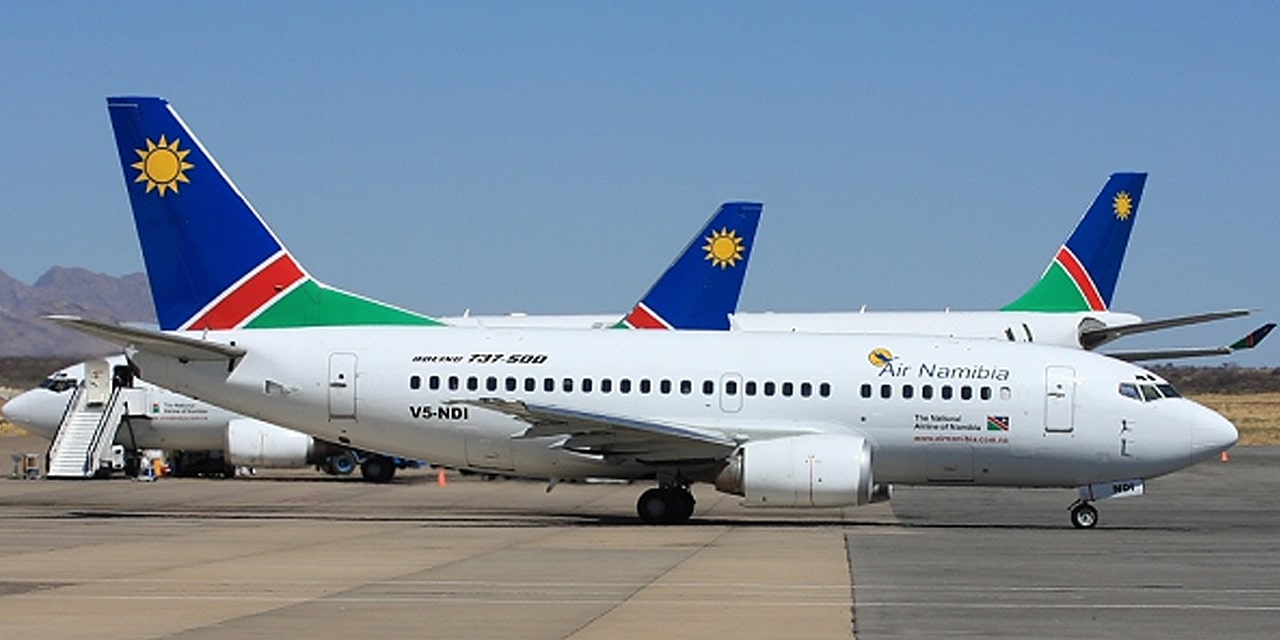CHAMWE KAIRA
The liquidation of Air Namibia is a sad episode in post-independence Namibia. The national flag carrier is gone, jobs have been lost and the ripple effects will be felt across the economic and social fabric of the country for a long time.
The country is already facing a depressing period with the COVID 19 pandemic and the economic recession, the Air Namibia shutdown adds to the misery. The loss of jobs at the airline adds to unemployment figures caused by companies shutting down due to the pandemic and recession. Employment figures released by the Ministry of Labour, Industrial Relations and Employment Creation last month showed that more than 20 000 people lost their jobs in 2020 as companies struggled to sustain their operations.
It was heart wrenching to see Air Namibia workers shed tears and express worry about what the future holds for them and their families.
The problems of Air Namibia are long coming, and the liquidation should not come as a surprise. Without getting lost in emotions, basic principles of profit and loss, tell us that Air Namibia should have been liquidated a long time ago.
Until about five years ago, Namibia had surplus money to bail out loss making companies such as Air Namibia with its countless turnaround strategies, changing of board members and its many chief executives officers (CEOs) over the years-about 12 CEOs since the late 90s.
Now, the government has made it clear that the days of bailouts to state-owned companies are gone. The fat years of the 90s, early and mid-2000s are gone as can be seen in budget figures. Finance Minister, Iipumbu Shiimi, said on 20 October last year in the midterm budget review that revenue was estimated at N$4.9 billion, and the resultant budget deficit estimated at 10.1% of Gross Domestic Product (GDP). Public debt is estimated at 68.8% of GDP for the 2020/2021 financial year. Of course, the pandemic had a lot to do with this. But this is a far cry from the tenure of Saara Kuugongelwa-Amadhila as finance minister when the country was recording budget surpluses and regularly bailing out Air Namibia and other loss- making state companies. Back then revenue from sectors such as mining and fishing was good with the economy booming, and Air Namibia was bailed out to the tune of close to N$9 billion to keep it afloat.
There are also counter arguments in favour of keeping the airline running. A report by Oxford Economics released in November 2016, stated that Air Namibia made a meaningful economic contribution to Namibia. The report said the airline services provided a vital domestic and international connectivity to the 560 000 people who flew with the airline in 2015/16. The report, which was commissioned by Air Namibia, further argued that in 2015/16 Air Namibia’s operations and aviation-related capital spending made a N$704 million contribution to the economy and sustained 4 550 jobs. In addition to the airline’s own operations, Air Namibia spent over N$1 billion on goods and services supplied by local companies, the report stated.
Air Namibia’s internal projections in the report said passenger numbers would increase by nearly 50 percent by 2020/21, with passenger numbers on international routes increasing to nearly 750 000.
While it appears that the government has made up its mind to shut down the airline, some feel the carrier can be saved. Soon after the government announced the shutdown, trade unions and some politicians opposed the shutting down of the airline. The ruling party, SWAPO, the Affirmative Repositioning (AR) Movement, and the National Union of Namibian Workers (NUNW) are among those who are against the liquidation.
Some critics have alleged that ministers and others in government were trying to promote a private airline at the expense of Air Namibia. Trade unions have threatened to hold protests and strikes while claiming that they were not consulted on the shutting down of the airline.
With so many misgivings and criticism in some quarters, the onus is on the government to carry out a transparent liquidation process that will allay fears that some powerful figures in government have ulterior motives for liquidating the airline. The government can win public support by transparently selling Air Namibia’s assets, said to be around N$1 billion, which includes several planes.
What must also be acknowledged is that the airline industry is a cutthroat business with many airlines struggling to stay afloat. For example, South African Airways has not made a profit since 2011 and is a subject of a restructuring programme after being placed under administration last year. The United States and European countries regularly come to the rescue of the industry in turbulent times like the current pandemic. But we can argue that they have the money to do that.
The pandemic has not helped matters. African airlines have struggled, potentially losing US$6 billion in passenger revenue during 2020 according to the International Air Transport Association. Time will reveal whether the government will stick to the liquidation of Air Namibia or bow to pressure and continue bailing out Air Namibia.
*Chamwe Kaira is a freelance journalist – chamwe@gmail.com




